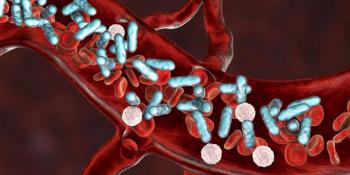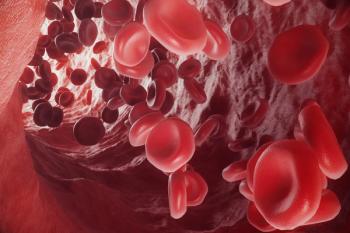
Predicting Therapy Resistance in AML Lacks Accuracy
A study of more than 4,500 patients with acute myeloid leukemia (AML) found that predicting resistance to therapy remains an elusive practice.
A study of more than 4,500 patients with acute myeloid leukemia (AML) found that predicting resistance to therapy remains an elusive practice. The ability to forecast resistance could play a big role in improving outcomes in this disease.
“The bottom-line conclusion that we drew is that we are not as good in predicting resistance as we would like to be, and probably overestimate our abilities,” said Roland B. Walter, MD, of the Fred Hutchinson Cancer Research Center in Seattle, in an email.
In the new study,
A number of factors were associated with primary refractory AML, including age, performance status, cytogenetic risk, and mutational status of FLT3-ITD and NPM1 genes. And yet, area under receiver-operating characteristic curves (AUCs) for age, cytogenetic risk, and mutation status of two important genes showed “less impressive” predictive ability, the authors wrote. A bootstrap-corrected multivariable model incorporating those and other factors yielded an AUC of 0.78 (0.5, representing “coin flip,” and 1 representing perfect predictability). The AUC did not differ significantly when tested among specific cytogenetic risk groups. It also did not change dramatically when the gene mutations were removed, surprising because of strong associations between those mutations and primary refractory disease.
“AML patients fail to be cured primarily because of resistance to therapy,” the authors wrote, suggesting that accurate models of prediction of resistance are a crucial piece of AML therapies.
Walter said that from the conclusions of this study, it would follow that randomized drug testing is still a critically important part of testing for new AML therapies. “If we were perfect in predicting the outcome with standard therapy, one could avoid the randomization step,” he said. “We need to look at other markers that we could use for the prediction of resistance. A possible candidate marker is minimal residual disease.”
Newsletter
Stay up to date on recent advances in the multidisciplinary approach to cancer.
















































































